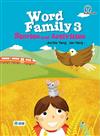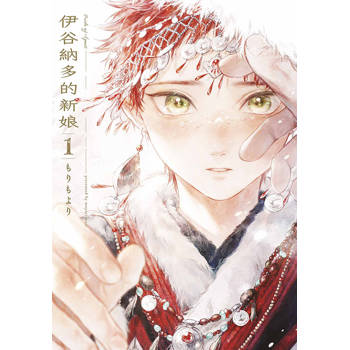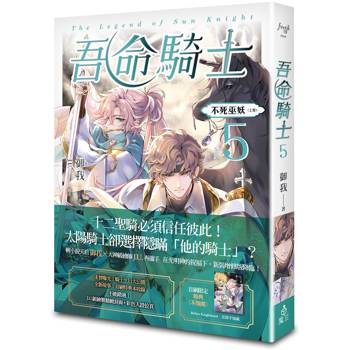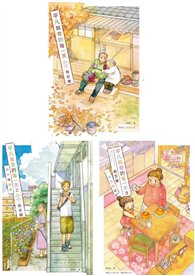Introduction
Word Families? What/Why/When/How?
What are word families? They are groups of words that have a common feature or pattern. They have the same letter combinations, a similar sound, and they're a wonderful tool for those new to spelling. For example, at, cat, hat, and fat are a family of words with the "at" sound and letter combination in common. But, that understanding can be built upon, when you consider how many other words belong to the "at" family. From "bat", “cat”, students can advance to tougher words, such as “combat” and “copycat”. How does it work in reading? Take “at” word family for example:
A cat
A fat cat
A fat on the mat
A fat cat sat on the mat with a bat
Word families help students learn to read, while building their vocabulary. Being able to recognize patterns and common phonetic sounds is the foundation for strong spelling skills. Of course, not every word in the English language can be sounded out, but this is an ideal place to start.
According to the National Council of Teachers of English, there are 37 common word families that come out 500 words. The 37 most common word families in English are: ack, ain, ake, ale, all, ame, an, ank, ap, ash, at, ate, aw, ay, eat, ell, est, ice, ick, ide, ight, ill, in, ine, ing, ink, ip, it, ock, oke, op, ore, ot, uck ,ug, ump, unk.
Many of the nursery rhymes contain common word families. You can use these rhymes to teach these letter combinations (and how they are spelled and spoken), having the students sound them out after memorizing the rhyme. For example, the words away, day and play which belong to “ay” word family in the kid song “Rain, Rain, Go away”.
Rain, rain, go away
Come again another day
Little Johnny wants to play
Rain, rain, go away
As we can see, all of these rhyming words make the song much easier to read and sing. It’s one of the best ways to help kids start to read. Students can use the website to look for more words that belong to word families. (https://www.rhymezone.com)
The stories and activities in this series of books teach the 24 most common word families in a fun, engaging way. As teaching the young children, we hope this will help students to start the very beginning reading, especially to get the sense of sounds and the words. When children begin to read, they must sound out every letter.
Through the activities from the book, we can see how word family patterns help children’s spelling. They are able to recognize spelling patterns and apply these to other words of the same family. When learning families of words, children are able to read familiar patterns of letters quickly and fluently. Every child learns differently. Doing word family activities is a great way to involve kids’ whole bodies to reach kids of many different learning styles, and help struggling learners as well.











